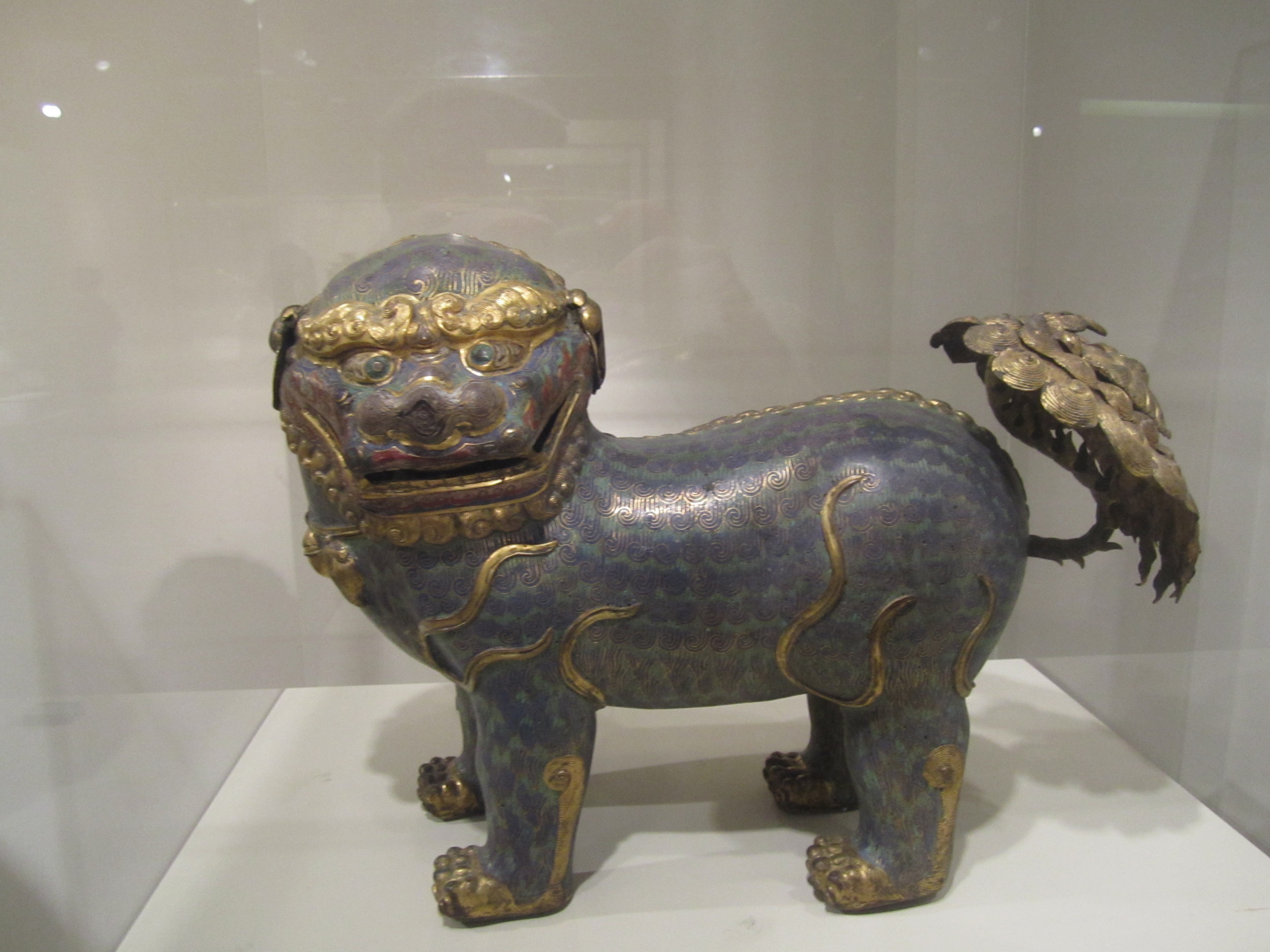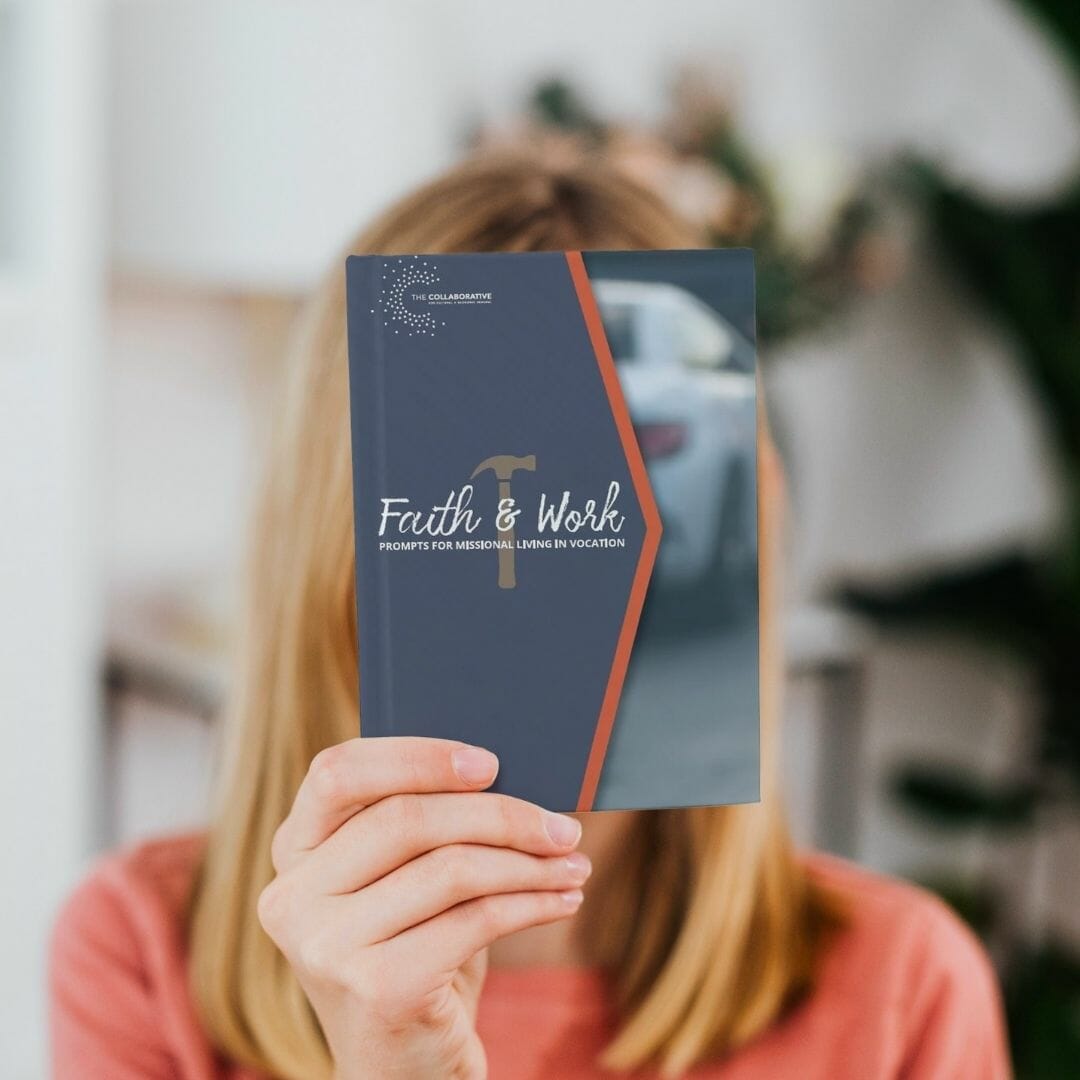Is this the next plot of a future James Bond movie? Is this the framework for a best-selling historical fiction novel? The article below is wildly interesting. Beyond entertainment, it raises all kinds of questions with regards to ethics like: What responsibility does the current generation have to correct the mistakes of past generations? What does restoration/redemption look like in this instance? Or what right do you have to go get what is yours (assuming provenance can be verified)? Alex Palmer, the writer of this GQ article, captures some of the intricacies in his statement, “Where exactly that line is between patriotism and crime and capitalism—it’s a blurry one, and that’s what makes it so interesting.” This may be the best thing you read all week. It will at least give you something to talk about. Happy reading!
The Great Chinese Art Heist
by Alex W. Palmer
Strange how it keeps happening, how the greatest works of Chinese art keep getting brazenly stolen from museums around the world. Is it a conspiracy? Vengeance for treasures plundered years ago? We sent Alex W. Palmer to investigate the trail of theft and the stunning rumor: Is the Chinese government behind one of the boldest art-crime waves in history?
———————————————-
The patterns of the heists were evident only later, but their audacity was clear from the start. The spree began in Stockholm in 2010, with cars burning in the streets on a foggy summer evening. The fires had been lit as a distraction, a ploy to lure the attention of the police. As the vehicles blazed, a band of thieves raced toward the Swedish royal residence and smashed their way into the Chinese Pavilion on the grounds of Drottningholm Palace. There they grabbed what they wanted from the permanent state collection of art and antiquities. Police told the press the thieves had fled by moped to a nearby lake, ditched their bikes into the water, and escaped by speedboat. The heist took less than six minutes.
A month later, in Bergen, Norway, intruders descended from a glass ceiling and plucked 56 objects from the China Collection at the KODE Museum. Next, robbers in England hit the Oriental Museum at Durham University, followed by a museum at Cambridge University. Then, in 2013, the KODE was visited once more; crooks snatched 22 additional relics that had been missed during the first break-in.
Had they known exactly what was happening, perhaps the security officials at the Château de Fontainebleau, the sprawling former royal estate just outside Paris, could have predicted that they might be next.
With more than 1,500 rooms, the palace is a maze of opulence. But when bandits arrived before dawn on March 1, 2015, their target was unmistakable: the palace’s grand Chinese Museum. Created by the last empress of France, the wife of Napoleon III, the gallery was stocked with works so rare that their value was considered incalculable.
Thanks to Billy Hathorn for the photo- Sculpture from China pre-1722, at Brooklyn Museum, CC BY-SA 3.0, https://commons.wikimedia.org/w/index.php?curid=18344390



